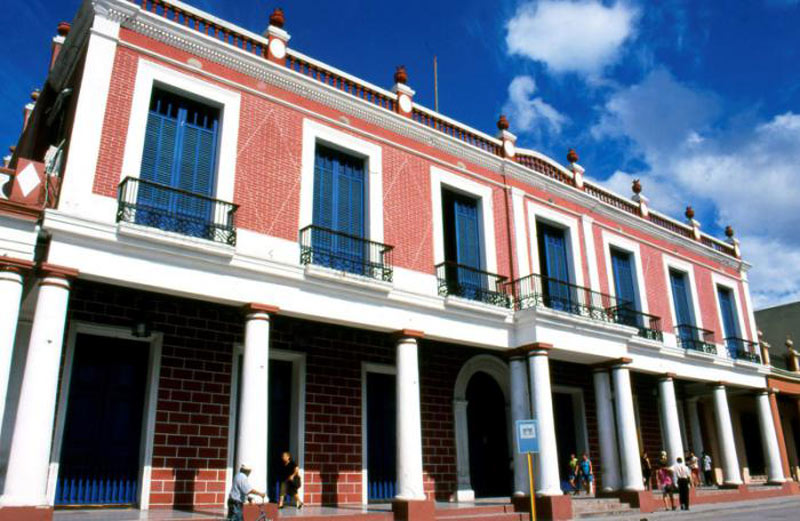Holguin Museum Exhibits an Extensive Collection of Archeology
- Written by Redacción ¡ahora!
- Published in Holguin
- Hits: 2369
 Photo: GranmaA wide representation of aboriginal objects dating back 600 years are exhibited in the Provincial Museum of History La Periquera of the city of Holguin, declared National Monument and one of the institutions of reference for the study of local history.
Photo: GranmaA wide representation of aboriginal objects dating back 600 years are exhibited in the Provincial Museum of History La Periquera of the city of Holguin, declared National Monument and one of the institutions of reference for the study of local history. Most of the tools were found in the site known as Farallones de Seboruco, located in the municipality of Mayari and considered by archeology as one of the oldest settlements in Cuba, where finds have been made of objects belonging to the natives.
Rosabel Reyes, a specialist at the institution, told the ACN news agency that the collection includes spearheads, knives, petaloid axes, shell gouges and clay pottery, which show the customs of the first inhabitants of the Caribbean island.
The exhibition includes the Holguin Axe, a religious instrument made of stone and declared as a Symbol of the City in 1981 to recognize outstanding personalities for their contributions to different social spheres, she said.
As part of the programs to protect this museum heritage, said Reyes, scientific studies are conducted, whose results lead to catalogs with the date, origin and use of these objects, which also facilitates their study and management.
The Cuban aborigines are classified into three groups: Guanahatabeyes, Siboneyes and Tainos, who used stone, shell and pottery to make their tools for hunting, fishing and agriculture.
Among the settlements found in the archaeological investigations are Bacuranao and Guanajay in Havana, Canibar Abajo in Matanzas and Chorro de Maita in Holguin. / ACN
